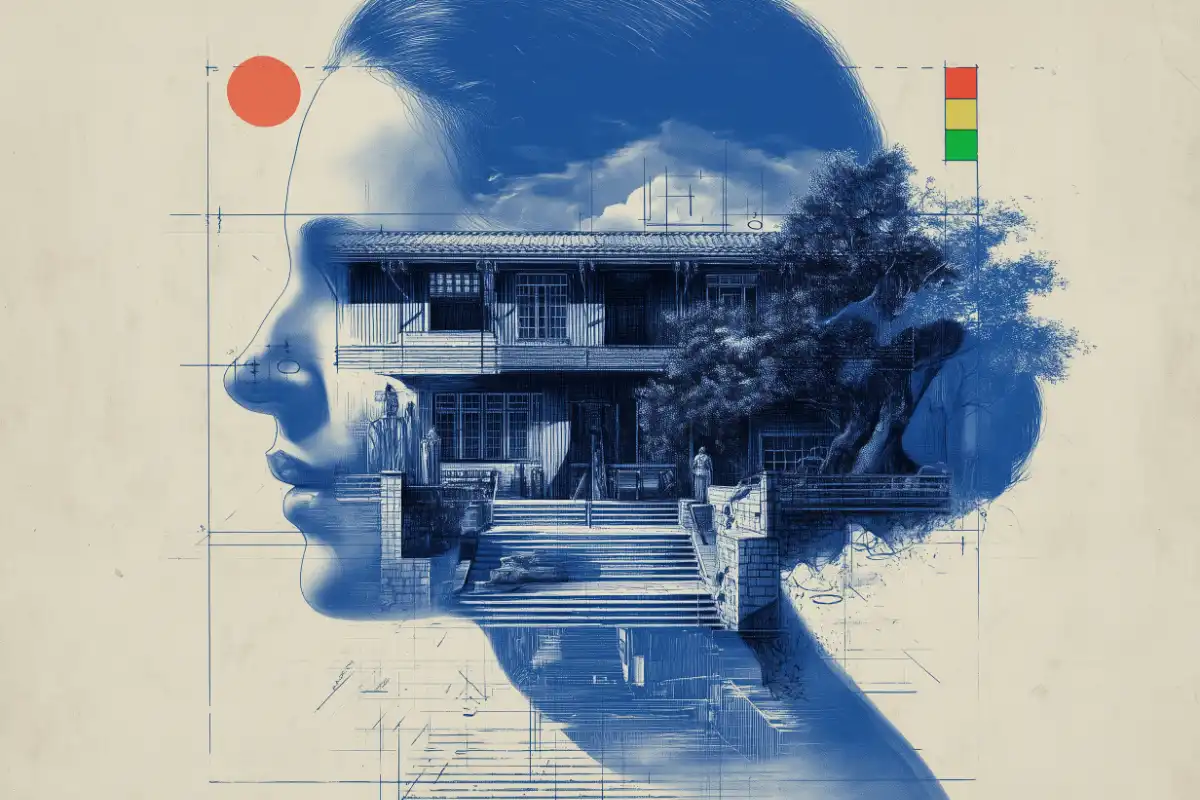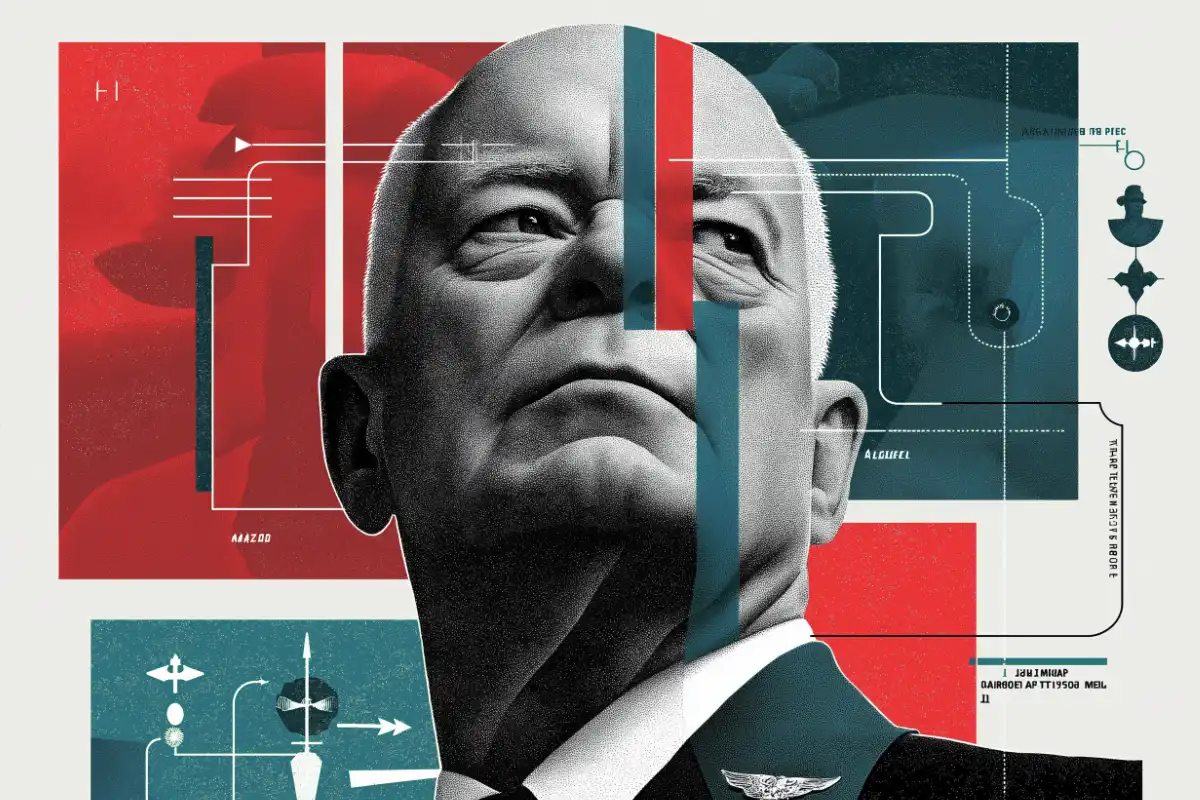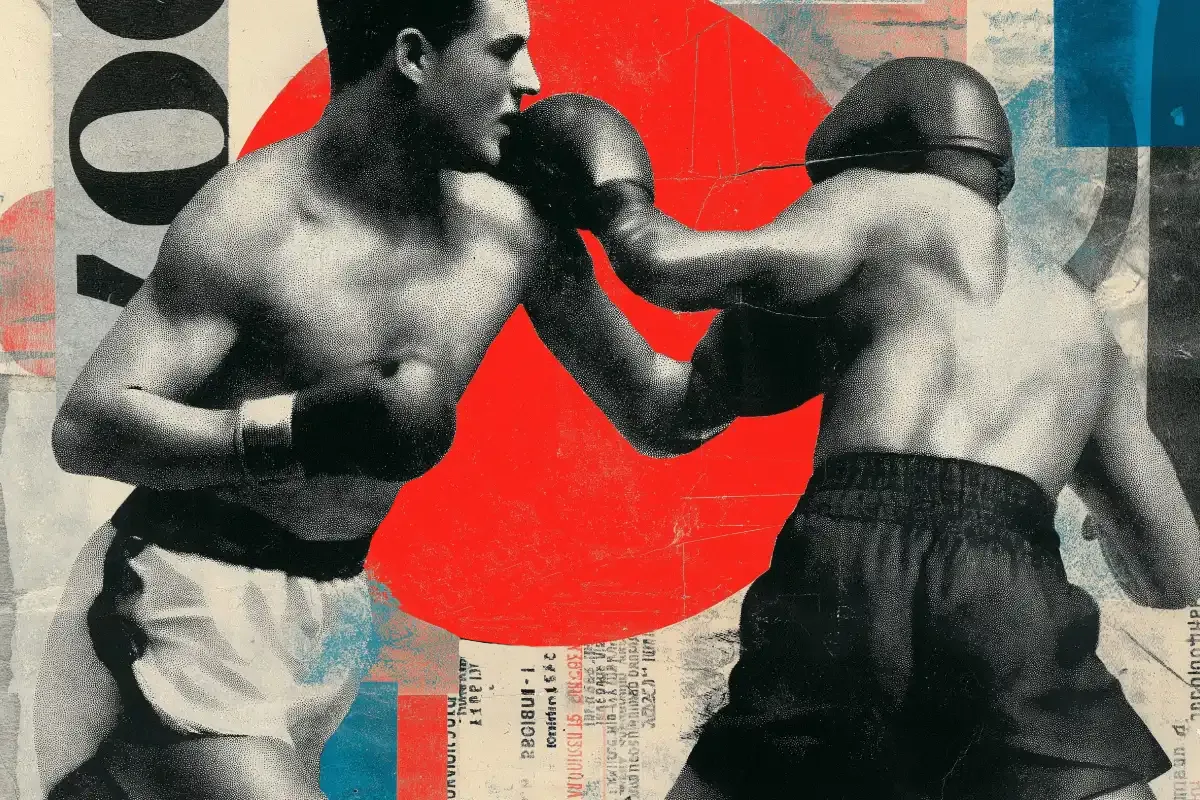
Why Wireframes are Just the Start
I once spent three weeks wrangling stakeholders around wireframes for our checkout flow. Everyone had opinions about button placement. Meanwhile, nobody asked if users wanted to create accounts during checkout. The answer was no. They absolutely did not.
The progression from wireframes to mockups to prototypes isn't just about adding visual polish. Each step reveals deeper truths about user needs and behaviours. Wireframes explore structure. Mockups add visual elements. Prototypes invite interaction and testing.
The mistake many PMs make (hello, past me) is thinking wireframes are where we dictate solutions. They're actually where we begin exploring problems - big difference.
How PMs should work with designers.
The relationship between PMs and designers is like a weird dance partnership. We're moving toward the same goal but often stepping on each other's toes.
Small, high-quality teams produce better work, quickly. An over-specialised approach-where PMs decide, designers visualise, and engineers build-creates harmful silos. Success happens when everyone feels responsible for the final quality.
I've learned to involve designers early in problem exploration rather than solution definition. "Here's what users are struggling with" works better than "Here's what we should build." Designers think in experiences, not just features.
When our team was redesigning our analytics dashboard, I showed designers raw user interview transcripts instead of asking for specific charts. The resulting design solved problems I hadn't even identified. Their holistic thinking expanded my narrow focus.
Product managers and designers have complementary superpowers. PMs typically focus on business goals and market opportunities. Designers focus on creating intuitive, engaging experiences that delight users. Together, we make products that succeed on both fronts.
The relationship between PMs and designers is like a weird dance partnership. We're moving toward the same goal but often stepping on each other's toes.
Small, high-quality teams produce better work, quickly. Over-specialised approach-where PMs decide designers, visualise, and engineers build-creates harmful silos. Success happens when everyone feels responsible for the final quality.
I've learned to involve designers early in problem exploration rather than solution definition. "Here's what users are struggling with" works better than "Here's what we should build." Designers think in experiences, not just features.
When our team was redesigning our analytics dashboard, I showed designers raw user interview transcripts instead of asking for specific charts. The resulting design solved problems I hadn't even identified. Their holistic thinking expanded my narrow focus.
Product managers and designers have complementary superpowers. PMs typically focus on business goals and market opportunities. Designers focus on creating intuitive, engaging experiences that delight users. Together, we make products that succeed on both fronts.
When to shut up and listen.
The most valuable skill I've developed as a PM isn't speaking. It's listening, especially to designers who see things differently than I do. Their perspective often reveals blind spots in my thinking.
Make sure to actively listen to designers' perspectives, instead of simply demanding something be designed. By acknowledging their expertise and sharing insights, you create space for creative solutions. This isn't just nice. It's necessary.
Last month, our designer pushed back on my request for a complex filtering system. "Users just want to find their stuff quickly," she insisted. I reluctantly agreed to simplify. User testing validated her approach completely. My complicated solution would have bombed.
Designers and PMs have fundamentally different priorities. If push comes to shove, PMs focus on viability while designers prioritise desirability. This tension isn't a bug. It's a feature. The push-pull between our perspectives creates better products.
Extended product teams that include key stakeholders alongside designers and PMs lead to stronger alignment. But someone still needs the final say. That's often the PM's job. Use it wisely, and only after truly listening.
Finding the balance.
The best product decisions happen when business needs and user needs align perfectly. Finding that sweet spot requires both PM and design perspectives to work together, not compete.
I've learned that my role in UX isn't to design interfaces. It's to ensure we're solving the correct problems for the right people. Designers then bring those solutions to life in ways I couldn't imagine.
When we launched our redesigned mobile app, engagement increased by 37%. Not because I had brilliant feature ideas (though I claimed credit at a family dinner on Sunday :). But because our designers created an experience that made sense to humans.
The truth is, great products don't come from PMs who dabble in design or designers who dabble in strategy. They come from respectful collaboration between specialists who value each other's craft.
Lessons learned the hard way.
If I could give my younger PM self advice, it would be simple: Shut up more. Listen deeper. Trust your designers. They're not trying to make things pretty. They're trying to make things work.
The product manager's role in UX isn't to be a second-rate designer. It's to be a first-rate partner. Define problems clearly. Provide business context. Then get out of the way.
I still create wireframes occasionally. But now I label them clearly: "Terrible drawings from a product manager. Please improve dramatically." My designers appreciate the humility. And the final products are infinitely better.
In the dance between product and design, sometimes the best move is to let your partner lead. Even if it means admitting you have two left feet.

